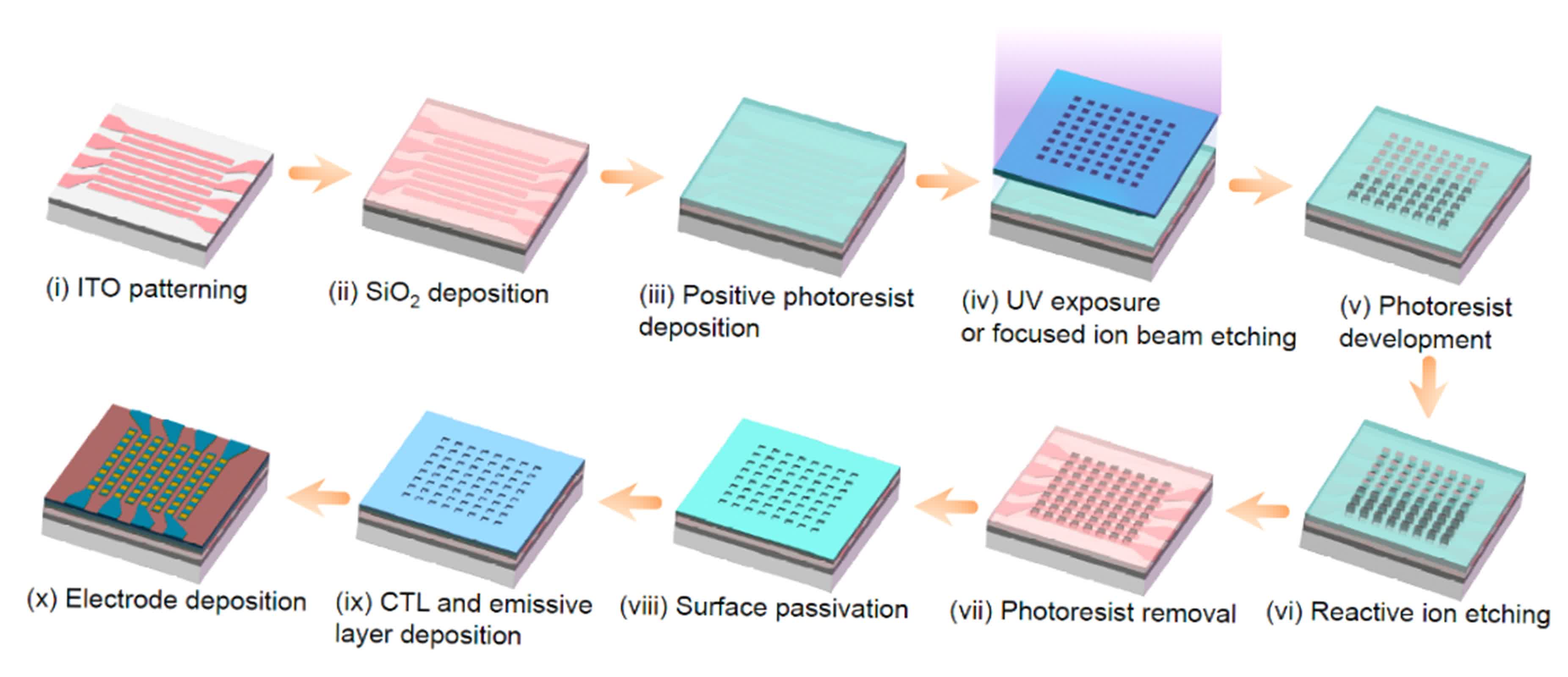www.digitaltrends.com
Table of ContentsTable of ContentsTurning it all, into a podcastHow it helped me?Convenience, above allMore effective, tooA few snagsThe shift away from Google Assistant, and into the Gemini era, is nearly in its last stages. One can feel nostalgic about the eponymous virtual assistant, but its undeniable that the arrival of Gemini has truly changed what an AI agent can do for us.The language understanding chops are far better with Gemini. Conversations are natural, app interactions are fluid, integration with other Google products is rewarding, and even in its free state, Gemini takes Siri to the cleaners even on an iPhone.Recommended VideosThere are, however, a few tricks that put Gemini in an altogether different league. Deep Research is one of those agentic features that I use on a daily basis and continue to be amazed at. In March, Google added another rewarding feature to the Gemini arsenal: Audio Overviews. Nadeem Sarwar / Digital TrendsImagine turning your drab documents, overtly complex research paper, or academic reading material into a lively two-way podcast chat. Thats essentially what Audio Overviews is all about. The feature first arrived on Googles deeply underrated NotebookLM, and has finally been ported over to the core Gemini experience on mobile and web.You dont have to go through any technical hoops, or write a hyper-specific text prompt to get these audio makeovers. Just upload a file from the attachment picker, and you will see a Generate Audio Overview chip appear right above the chat box. Tap on it, and the podcast generation will commence.It may take a few minutes to complete, but in the meanwhile, you can safely switch to another app (or window). Once the process is over, you will get a notification about the podcast being ready for your listening pleasure, or sharing with other people.The audio overview is typically a two-person, free-flowing chat in an eerily natural tone. It almost feels as if you are chatting with Gemini Live, which itself feels dramatically more natural than any AI chatbot Ive used so far in voice conversation mode.These AI-generated podcasts are generally pretty well-made, Id say. But I gravitate towards them for a couple of reasons. First, I stare at a screen, read articles for research, and write my own stuff, pretty much the entire day.Nadeem Sarwar / Digital TrendsThat leaves little room for engaging with any further text-based material, be it academic, work-related, or even recreational. However, if I could just change the sensory mode to engage with that material, my reading fatigue takes a backseat.Audio podcasts offer a whole new way of engaging with text-based material in a more immersive fashion. That brings us to the second advantage, which is sensory stimulation, or variance. This formula has been well-documented and experimented with, in the field of academia and professional coaching.The text fatigue takes its own toll. It makes even exciting work appear like a chore that you need to get past, just because you cant afford to miss it. However, engaging with the same work, or its essence, through a different sensory media suppresses that fear of overloading on more text-based material. It actually helps in a few other ways.Engaging multiple senses strengthens memory. When we listen and interactwhether through reading, writing, or doingthe brain builds stronger connections, making it easier to recall later, says Yasir Naseem, a linguistics expert whose research work has focused on the modernization and gamification of teaching methodologies.Naseem, who is currently a curriculum expert at a leading ed-tech firm, tells me that you cant solely rely on a single medium for learning. Instead, he tells me, you need to combine different methods for maximum benefit, ranging from sentimental effect to memory retention.Nadeem Sarwar / Digital TrendsResearch published in Computers & Education journal also highlighted how students found audio files to be the superior learning and revision material. Flexibility, and sensory versatility, played a major role in their preference for podcasts over other media.True understanding and long-term retention happen when listening is paired with visuals, discussions, or hands-on activities, Naseem adds. My own experiences with Geminis audio overviews echo his advice. I have a stronger recollection of the knowledge I absorbed via the audio podcasts compared to reading the same material.You see, these audio podcasts are not a simple text-to-audio conversion. Instead, they break down an otherwise boring wall of text into a two-person conversation that you are essentially the sole audience to. Its a boon for any text-based material that doesnt instantly spark your curiosity and goads you into an instant reading.In my most recent experiment, Geminis audio podcast helped me understand the significance of a paper discussinga framework for interpretable neural learning based on local information-theoretic goal functions. In simpler terms, the research discussed how nerve cells organize themselves.You get the point Im trying to make here, right?Nadeem Sarwar / Digital TrendsConvenience plays an important role when it comes to absorbing information. And so does enthusiasm and excitement about the whole process. As per a paper published in the Computers in Human Behavior journal, podcasts enhance convenience, flexibility and accessibility to information and knowledge. It didnt take me long to realize that.Living in the national capital, spending anywhere between 2-3 hours stuck in a traffic or public commute is a daily reality for me. But more than the discomfort of it all, its the wasted time that hurts the most. Audio learning material offers the most convenient way to utilize that time in a productive fashion.With Gemini, you have another crucial benefit. You dont have to rely on the audio availability of a certain book, news article, or academic material. You can just download whatever material is at your disposal, and Gemini will turn it into a podcast-style conversation.There is plenty of multi-disciplinary research out that supports the benefits of an audio-based approach to learning. And its not solely about listening, but more about breaking things down and presenting them in a more approachable fashion.A couple of folks have said they like the fact were giving them some stuff theyre not reading in the newspaper. They like the fact were trying to introduce ourselves in a different way, says a research paper citing a news editor. The paper, courtesy of Syracuse University, was published in 2006 during the very early days of the podcast trend.Nadeem Sarwar / Digital TrendsAs of 2025, podcasts have become a veritable phenomenon for consuming information, from educational material to entertainment stuff. According to the Pew Research Center, nearly half of Americans have engaged with podcasts. Over half of the surveyed audience listened to podcasts for learning, for entertainment, or to have some audio material while doing something else.Nearly a third wanted to hear other peoples opinions, and another equally large segment was hooked up so that they could keep an eye on news and current events. My engagement didnt fall too far away from the aforementioned pattern. For long-form journalism stories or investigative work, I often found their podcast version more pleasing.Interestingly, podcasts appeared to drive practical changes, as well. Roughly two-thirds of the listeners engaged with a book or film after hearing a podcast, more than half of the audience started following a person on social media, and a third of them made lifestyle changes such as taking up exercise or changing their diet.Research published in the Journal of Social Media Marketing highlighted concepts such as media substitution and functional similarity in the context of listening to media and the audiences willingness. The overarching idea is that users evaluate the medium and pick the one that suits them the most.For the uniqueness of podcast contents, the influence on listening willingness and media substitution is positive, suggesting that unique contents, high quality and wide diversity make people want to listen podcasts, says the paper. I can personally attest to this finding, as well.pic.twitter.com/mhDugg1zdg Nadeemonics (@nsnadeemsarwar) March 30, 2025Over the past few days, I have podcast-ified numerous research papers discussing the impact of fiber, meat, and packaged food consumption on sleep patterns, cognitive health, and gut health. Compared to the overtly technical tone of scientific papers, having two hosts break down the findings with a sentimental and persuasive tone had a discernibly deeper effect on me.Think of it as learning about social etiquettes or cultural sensitivities in a book. And years later, seeing them in action with your own eyes. Or, think about learning a foreign language from a book, all on your own, and the difference it makes when you learn it from a person filling all that knowledge into your ears.The latter approach reaps better results. And thats primarily because the compound effect of multi-sensory engagement speeds up the learning process, or just makes it more effective. Geminis Audio Overviews have created a similar effect, and theyve helped me a lot.As productive as it all sounds, Geminis audio overviews are not. They can drain the true essence of a tastefully-written story in its podcasti-fication efforts, or miss out on a few small details. There are a couple of functional oddities, too. The length of the audio overview, which directly corresponds to the depth of the source material, can be quite random.The type of research work you can turn into podcasts. Nadeem Sarwar / Digital TrendsFor example, when I fed it a 260-page book on the topic of conjugations and morphology of verbs in the Persian language, the audio overview generated by Gemini was just over seven minutes in length. Qualitatively, it covered the most crucial parts, but missed out on the finer details.In another case, I turned a Deep Research document worth four pages into an audio podcast. The duration for this one was about 13-minutes. Unfortunately, Geminis automatic task chip wont let you adjust the length, or conversational depth of the audio overview.If you are using Google NotebookLM, which is where the audio overview feature first appeared, you can write a prompt that can dictate how deep the podcast conversation goes. I generated an audio podcast with a 59 runtime on NotebookLM a few weeks ago.Gemini wont let you do that. Not yet.Automatic document recognition by Gemini in Files app. Nadeem Sarwar / Digital TrendsThen, we have the language barrier, as Google is currently in the process of fine-tuning the whole pipeline beyond English. Another problem was the Anglicized pronunciation. For example, the AI podcast host mispronounced the Persian world Raf-thin as Raaf-tin.To an untrained ear not familiar with bilingual nuances of English-Persian translation, or how accents change the auditory perception of words in a different language, the AI podcast hosts could very well be spewing total gibberish.The sum total of my experiences is that Gemini Audio Overviews arent a revolution. They just offer a different, and more engrossing medium, to engage with content. It doesnt work all the time, but it certainly takes from the boredom of reading through pages of text that would otherwise put you to sleep.Editors Recommendations












